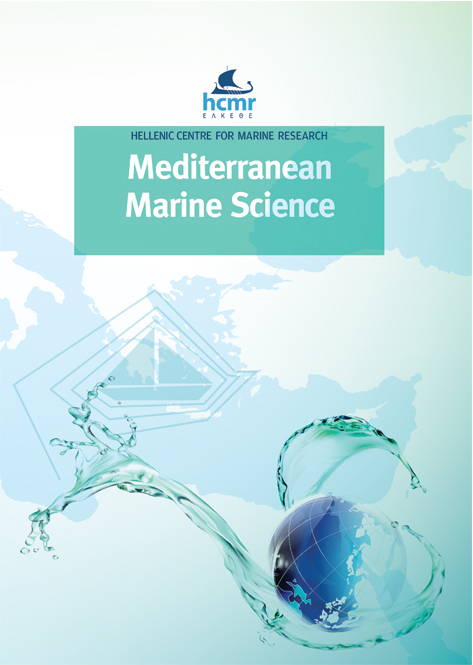Support for the research and monitoring of marine algae: a study of Italian coastal users
Résumé
Marine algae offer numerous extrinsic and intrinsic ecosystem services. Human impacts and climate change, however, have contributed to disrupting or compromising their ecology and distribution. Continuing research and monitoring of marine algae are pivotal but require public support. This study investigated public knowledge of and attitude towards marine algae and support for their research and monitoring. The focus was coastal users, a diversified group of interest for research into the perceptions of marine algae. The study was carried out in the Conero Riviera (Adriatic Sea, Italy), a location where coastal users come into contact with several types of marine algae. Semi-structured interviews were conducted in 2020 with 202 randomly selected scuba divers, beach and promenade visitors in the Riviera. Data analysis was thematic and statistical. Participants possessed basic knowledge of marine algae, which was more sophisticated among scuba divers. Coastal users ascribed both extrinsic and intrinsic values to marine algae. Most participants recognised the importance of protecting and managing marine algae while supported research and monitoring, prioritising types of marine algae which provide specific extrinsic and intrinsic ecosystem services. Based on the results, strategies of outreach, communication and engagement are suggested for the study location and types of coastal users. This study contributed to the growing body of research on Ocean Literacy, confirming the importance of investigating perceptions of marine resources to steer research, management and outreach strategies.
Article Details
- Comment citer
-
LUCREZI, S. (2022). Support for the research and monitoring of marine algae: a study of Italian coastal users. Mediterranean Marine Science, 23(2), 374–388. https://doi.org/10.12681/mms.27949
- Rubrique
- Special Issue Ocean Literacy
Authors who publish with this journal agree to the following terms:
- Authors retain copyright and grant the journal right of first publication with the work simultaneously licensed under a Creative Commons Attribution Non-Commercial License that allows others to share the work with an acknowledgement of the work's authorship and initial publication in this journal.
- Authors are able to enter into separate, additional contractual arrangements for the non-exclusive distribution of the journal's published version of the work (e.g. post it to an institutional repository or publish it in a book), with an acknowledgement of its initial publication in this journal.
- Authors are permitted and encouraged to post their work online (preferably in institutional repositories or on their website) prior to and during the submission process, as it can lead to productive exchanges, as well as earlier and greater citation of published work (See The Effect of Open Access).





